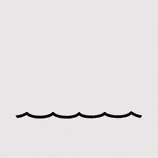A surfboard has the ability to make your surfing experience smooth and magical, or it can make it worse. There are many various surfboard designs and shapes available, and each has a significant impact on your performance and the overall experience you have. Having a basic understanding of the various shapes or designs of surfboards and what they will do can help you determine what will suit your surfing ability.
Width and Length
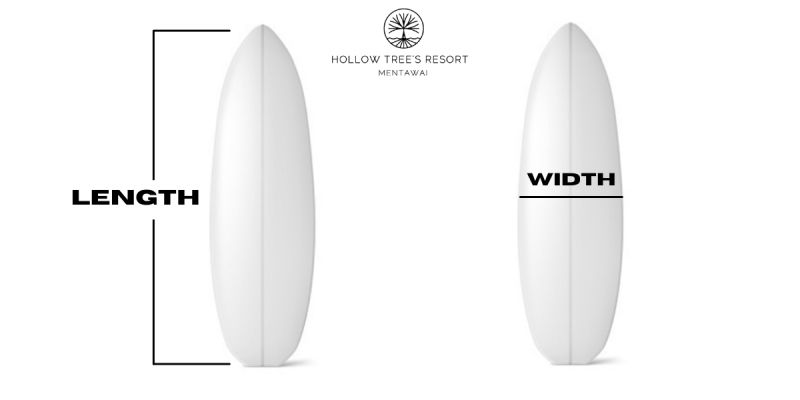
The more overall surface area that your board has, the more buoyant it is. This means that it is going to be better for paddling and floating. It is also going to be easier to catch a wave overall due to the more surface area of the board.
Beginner surfers should use larger boards since they have a higher success rate than smaller boards suited for more experienced surfers. Longer boards, on the other hand, maybe more difficult for inexperienced users to handle. If you want a board that is going to be easier to surf, you should look for one with more width.
Thickness
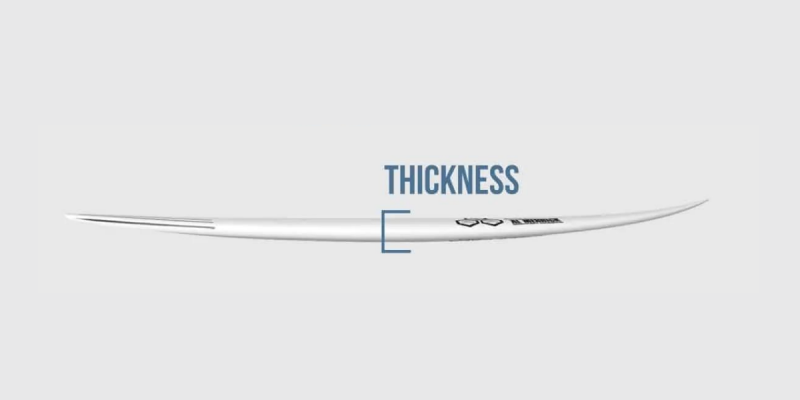
Thicker surfboards, again, are going to be better in terms of how they float. Thicker boards are naturally more buoyant and will remain afloat easier than thinner and less massed boards. Thicker boards, however, are not necessarily built for speed and agility, so if you are looking to do tricks with a thicker board, you may have trouble doing so.
Thicker boards are great for heavy surfers as well, as they are not going to break in half anywhere near as easily and are going to support a larger body better than a thinner board. If you are looking for speed and the ability to do tons of tricks, you do want to find a thinner board that is going to be able to accommodate that.
Thicker boards are more naturally buoyant and will remain afloat easier than thinner, less massed boards.
Rocker
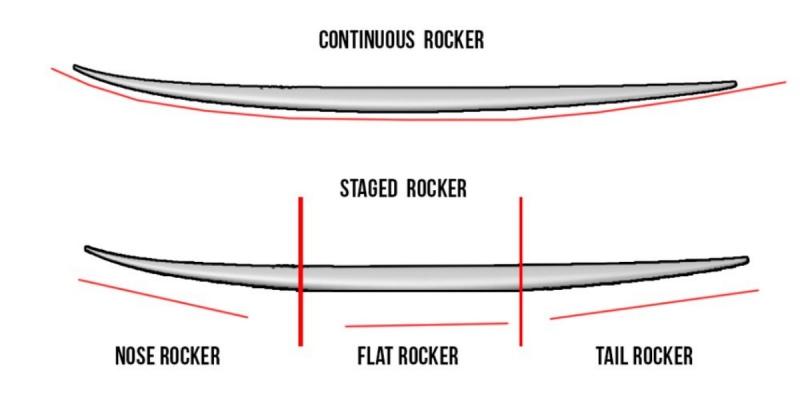
It is important to know what a rocker is before you start to delve into what it does. A rocker is the curve of the board that goes into the water. It creates drag and works to slow the board down when you are using it in the water.
When the rocker, or curvature, is less severe, the board will glide more smoothly over the water and produce less drag. This implies that a board with fewer curves will be faster than one with more curves. The rocker can be located on the nose of the board, the center of the board, or the tail of the board.
The rocker is usually located before the board middle, and it allows you to have more control over where the board goes and how quickly it does so. It is often referred to as the backbone of your board, and it is going to help you keep control of your board while you are in the water.
Tail Shape
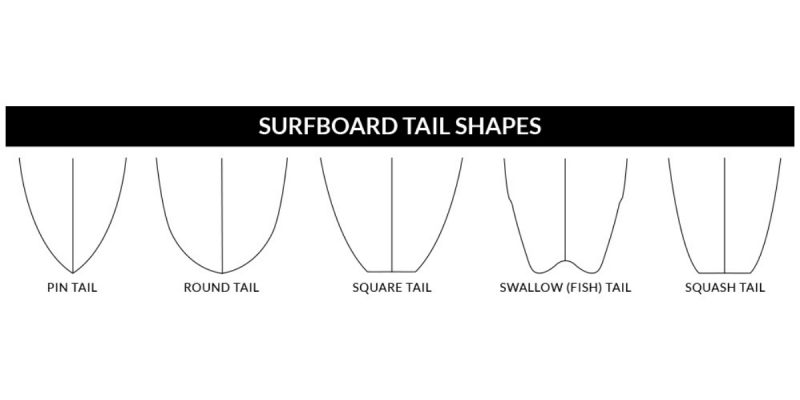
Tail shape is another thing to keep in mind when looking at surfboard design. Wider tails can help with the speed of smaller waves which means you can better ride them. A narrower tail can help you have better speed and ease of transition on larger waves and you’ll be able to transition from rail to rail more easily.
Both tails shapes are going to help you have better control over different types of waves. Tails can either lend more speed or more control depending on what it is that you need them to do.
Bottom Contour
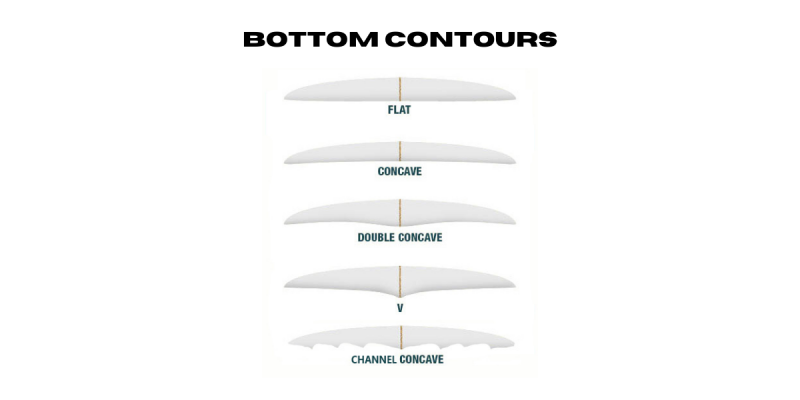
Bottom contour has to do with how the board cuts through the waves and how fast it can do it. Flat, concave, convex, double concave, and channel are some of the shapes that a board can take. A flat board is going to be slower in the water as there is more surface tension and more drag.
Boards with channels allow the water to flow across the bottom of the board and give you more speed. The overall shape of the bottom of your board is going to affect how much control you have over it as a whole and how easy it is for you to maneuver.
Fins and Setups
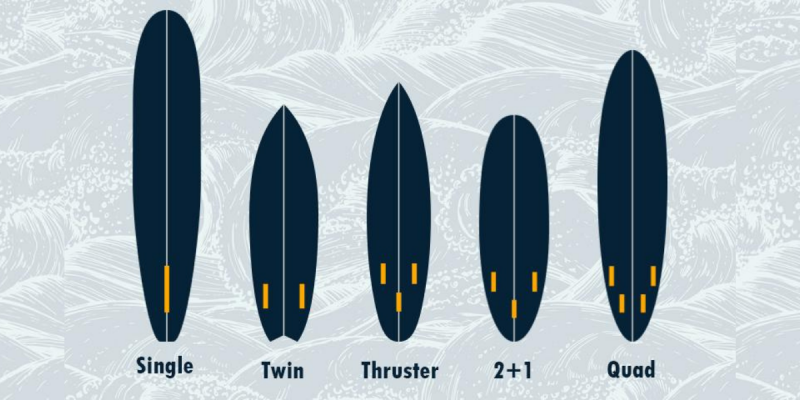
The fins of a surfboard help to change the way the board feels and the overall stability. The further front the fins are, the less control you have, and more stability you get as the fins move more towards the back. The size of the fin also affects the boar overall. With large fins, you are going to have more control and stability.
You can add fins and setups to your board after it has been made, and you can change them depending on what you want your board to do and how you want it to feel when you are using it.
All of these aspects of your surfboard’s design and shape will affect how it functions, feels, and how easy it is for you to utilize it effectively. Taking the time to think about what you want your surfboard to do, how you want it to function, can make a big difference.
The right surfboard design can make you fall in love with surfing and can help you feel good about it every time you go out.
The surfboard has also changed, with modern surfboards now being lighter and more durable. The surfboard now has a thicker nose, which makes it easier to ride waves. For more amazing information or the fact you can check out our blog How Has Surfing Changed Over The Years?
Related article: Tips from the Experts: Surfing Equipment Maintenance and Storage
